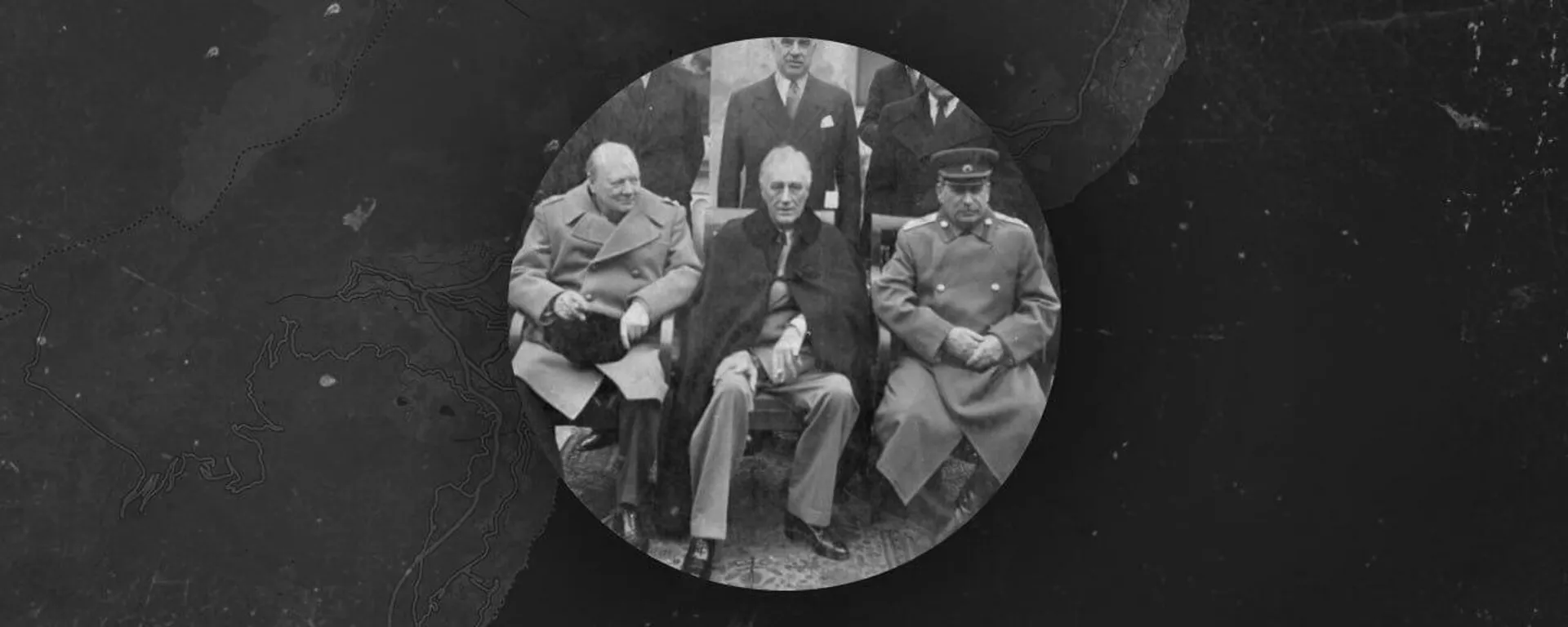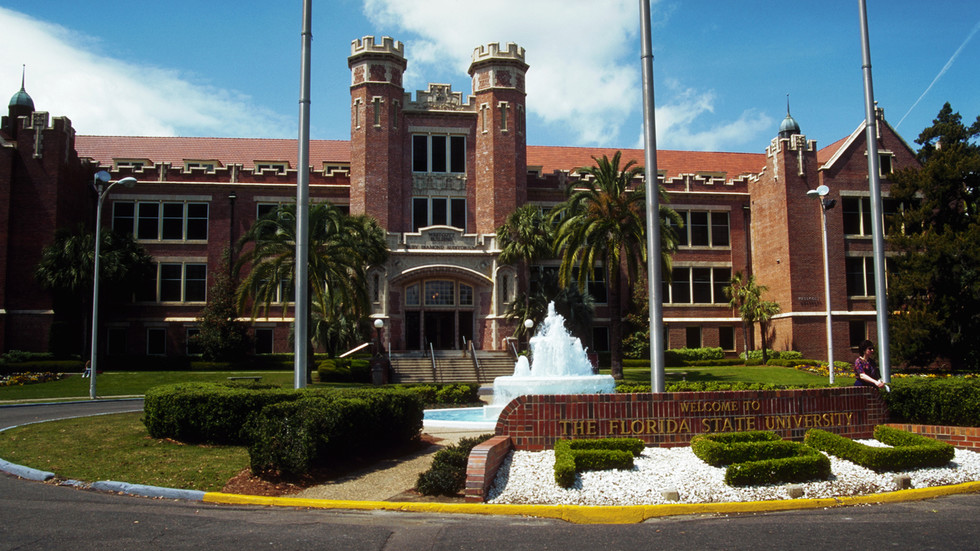The loss of the port was one of the final major blows to Hitler’s Reich.
Without it, the Nazis:
Lost their ability to ship troops, supplies and raw materials, both to other German or Nazi-occupied areas and allied or friendly powers (including Finland until September 1944, and Sweden, which shipped vital iron ores to Germany for its war effort until November 1944).
Lost the Kriegsmarine’s window to the eastern Baltic for operations against the Soviet Navy, and its ability to provide assistance in coastal bombardment, shore up troop deployments or evacuate forces trapped by the Red Army (including Army Group North forces in the massive Courland Pocket).
🎉30 DAYS TO VICTORY
80 years ago today saw the surrender of the German garrison at Koenigsberg (modern-day Kaliningrad), fierce fighting in central Czechoslovakia and battles for strategic strongholds in Vienna. https://t.co/AqjuyElO5q pic.twitter.com/LKIw2nCrLF
The Soviets, for their part:
Gained the ability to resupply forces from Leningrad, and to a lesser extent other liberated coastal areas and ports along the Baltic.
Won near-total naval and air superiority over the Eastern Baltic Sea, freeing up resources for advances further west.

 1 week ago
10
1 week ago
10







 We deliver critical software at unparalleled value and speed to help your business thrive
We deliver critical software at unparalleled value and speed to help your business thrive






 English (US) ·
English (US) ·